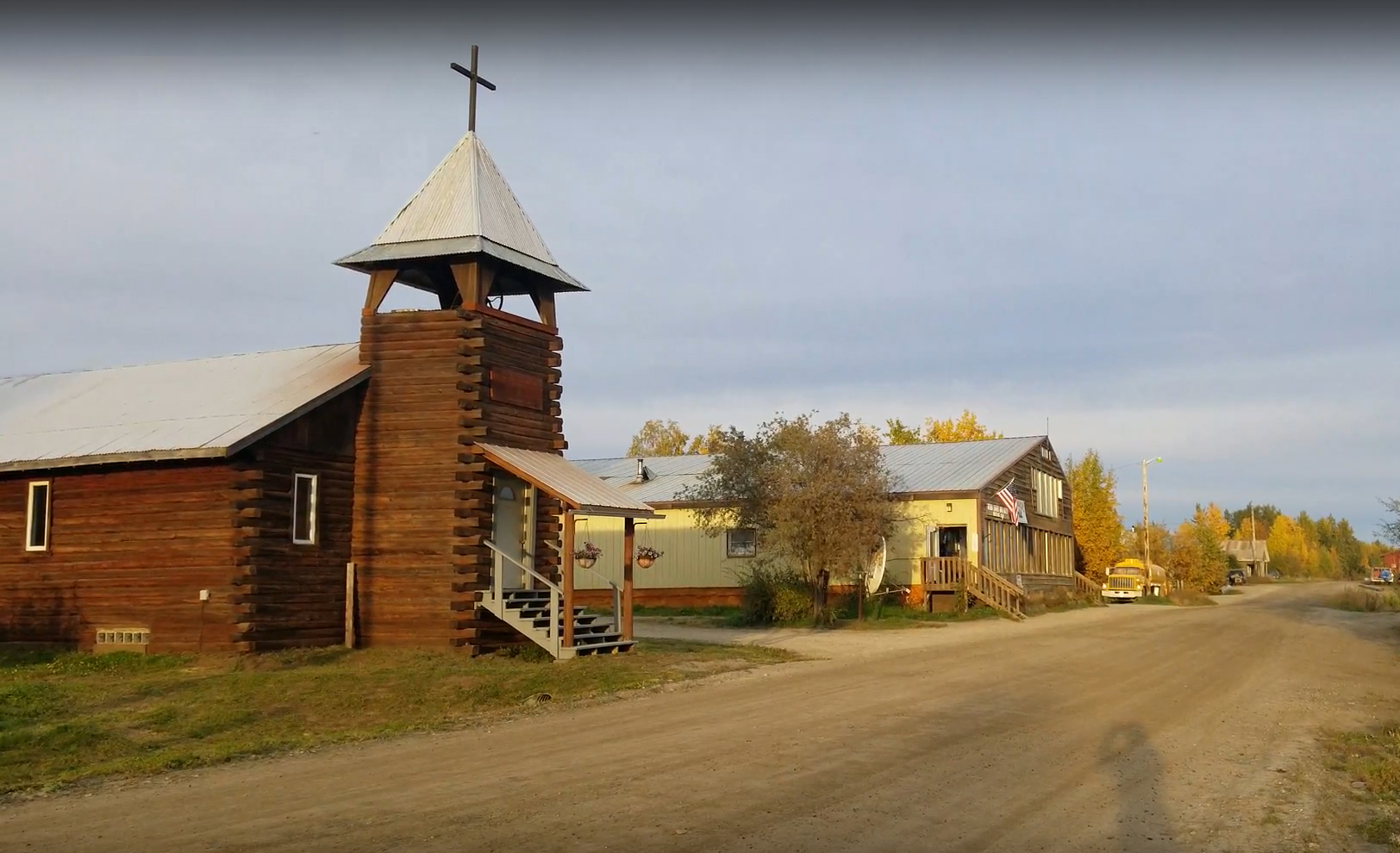Redefining Remote Microgrids

If you ask a variety of stakeholders to define a microgrid, you will get a variety of responses. A recent article co-authored by Gwen Holdmann, ACEP director, and Peter Asmus, Pike Research senior analyst, provides a condensed version of a larger paper that sets out to redefine microgrids.
The U.S. Department of Energy defines “microgrid” as “a group of interconnected loads and distributed energy resources within clearly defined electrical boundaries that acts as a single controllable entity with respect to the grid. A microgrid can connect and disconnect from the grid to enable it to operate in both grid-connected or island mode.”
Two newly proposed definitions would differentiate two types of microgrids. The interconnected grids, or grid-tied microgrids, would be called “regional grids.” The microgrids found in Alaska would be “advanced remote grids.”
In their article, Holdmann and Asmus wrote that “the latter definition is of particular significance since one could argue that today’s microgrid industry was born out of necessity in remote locations such as Alaska, where large interconnected grid networks simply do not exist.”
The community of Tanana is one of over 200 Alaska communities powered by microgrids. Photo by Amanda Byrd.



